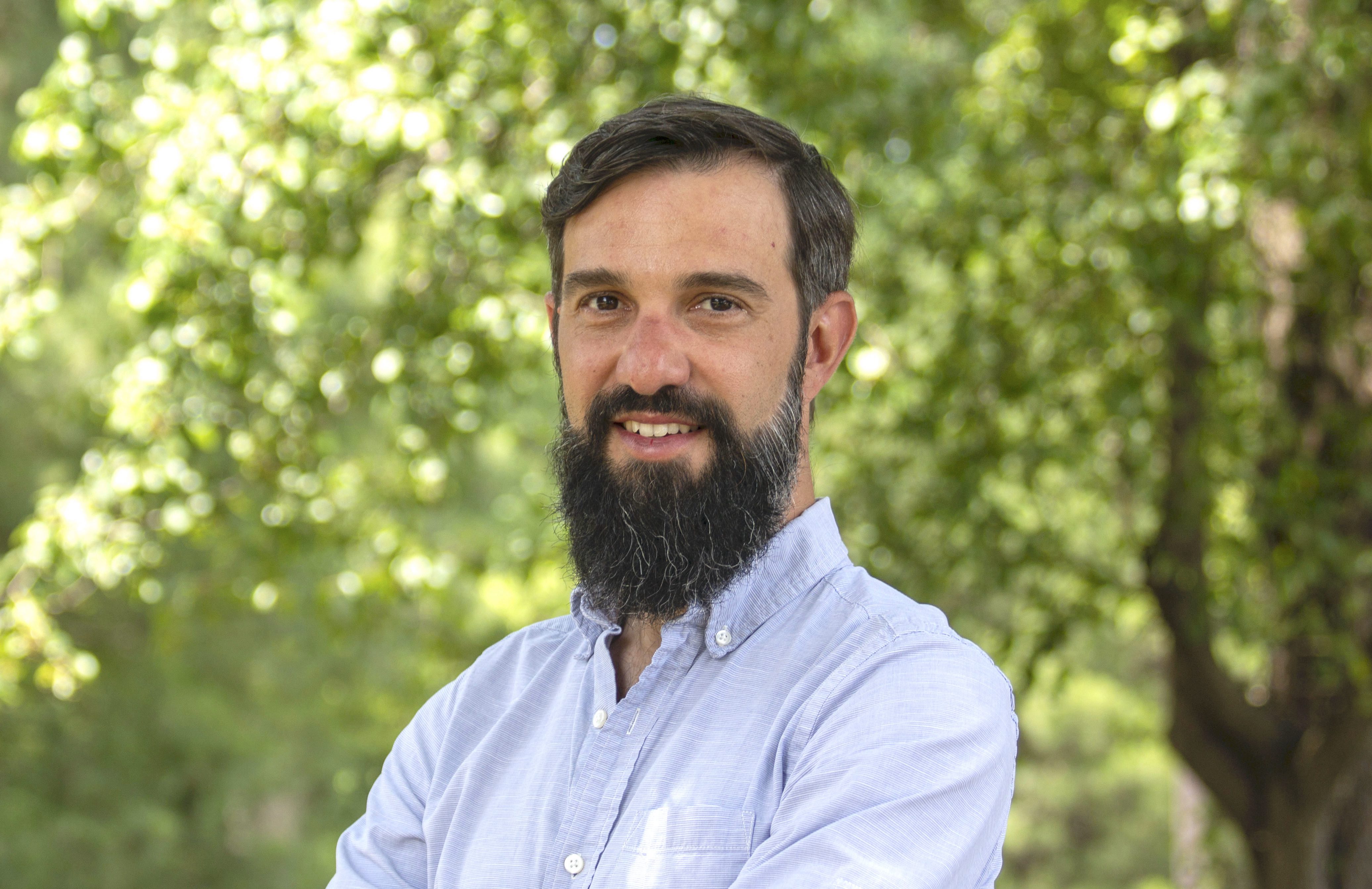Collisions of high energy particles produce “jets” of quarks, anti-quarks, or gluons. The quarks can’t be directly detected, but simulations indicate that the jets modify the quantum vacuum and that the produced quarks retain entanglement.
Tag: quarks and gluons
Calculation Shows Why Heavy Quarks Get Caught Up in the Flow
Theorists have successfully calculated the “heavy quark diffusion coefficient,” which describes how quickly a melted soup of quarks and gluons transfers its momentum to heavy quarks. The results show this transfer is very fast—at the limit of what quantum mechanics will allow.

STAR Physicists Track Sequential ‘Melting’ of Upsilons
Scientists using the Relativistic Heavy Ion Collider (RHIC) to study some of the hottest matter ever created in a laboratory have published their first data showing how three distinct variations of particles called upsilons sequentially “melt,” or dissociate, in the hot goo.
Physicists observe global spin alignment in heavy-ion collisions
Physicists from the STAR Collaboration have reported the first observation of a global spin alignment signal in heavy-ion collisions. Published in Nature on Jan. 18, the study provides a potential new avenue for understanding the strong interaction at work at the sub-nucleon level.
New Type of Entanglement Lets Scientists ‘See’ Inside Nuclei
Nuclear physicists have found a new way to use the Relativistic Heavy Ion Collider (RHIC)—a particle collider at the U.S. Department of Energy’s (DOE) Brookhaven National Laboratory—to see the shape and details inside atomic nuclei. The method relies on particles of light that surround gold ions as they speed around the collider and a new type of quantum entanglement that’s never been seen before.
Nuclear Physics Gets a Boost for High-Performance Computing
Efforts to harness the power of supercomputers to better understand the hidden worlds inside the nucleus of the atom recently received a big boost. A project led by the U.S. Department of Energy’s (DOE’s) Thomas Jefferson National Accelerator Facility is one of three to split $35 million in grants from the DOE via a partnership program of DOE’s Scientific Discovery through Advanced Computing (SciDAC). The $13 million project includes key scientists based at six DOE national labs and two universities, including Jefferson Lab, Argonne National Lab, Brookhaven National Lab, Oak Ridge National Lab, Lawrence Berkeley National Lab, Los Alamos National Lab, Massachusetts Institute of Technology and William & Mary.

Jefferson Lab Nuclear Physicist Receives DOE Early Career Grant
Alexander Austregesilo, a staff scientist at the U.S. Department of Energy’s Thomas Jefferson National Accelerator Facility, has been awarded a research grant by the DOE Office of Science’s Early Career Research Program. He is one of 83 early career scientists awarded nationwide for the grant, which averages $2.5 million over five years.
Computers Help Scientists Understand the Particles that Make Up Atoms
To reduce the need for computer power, researchers typically simulate how quarks combine to make up larger particles by simulating quarks heavier than quarks found in nature. Now, using the Summit supercomputer, a team simulated much lighter quarks than possible in the past. This produced more realistic results that will help scientists investigate the Higgs boson.